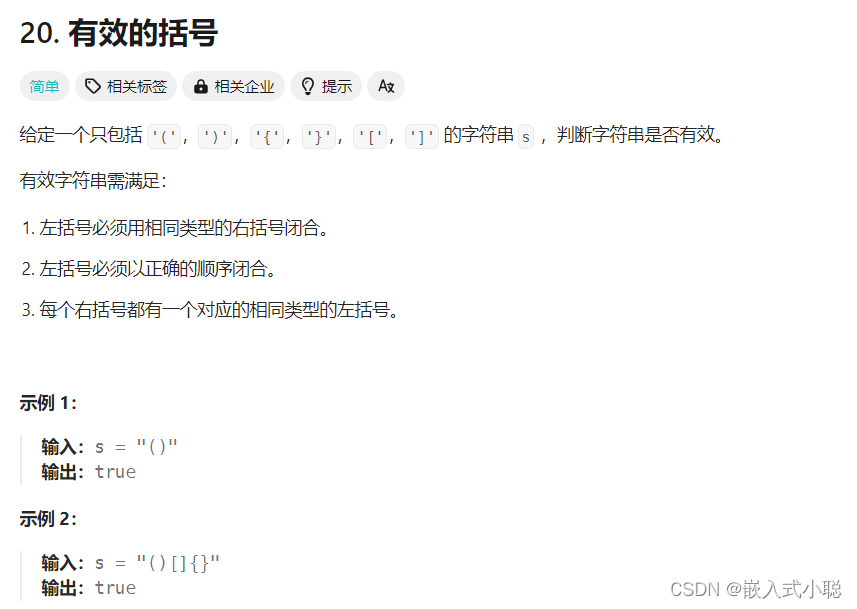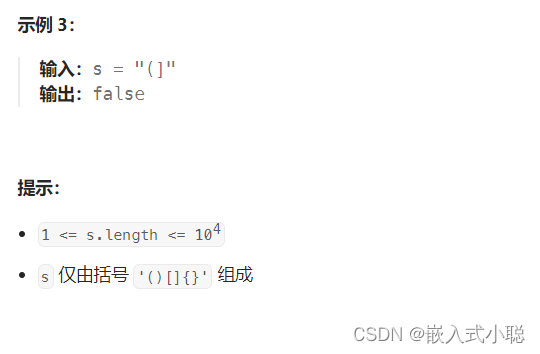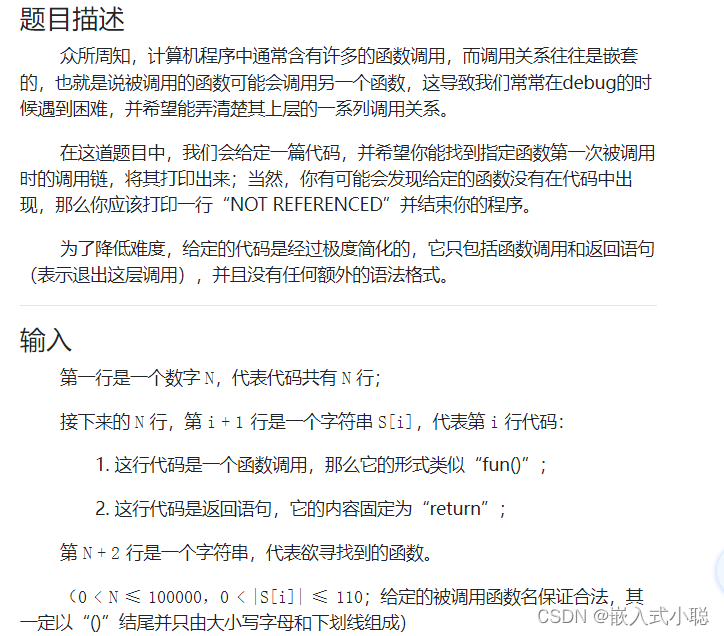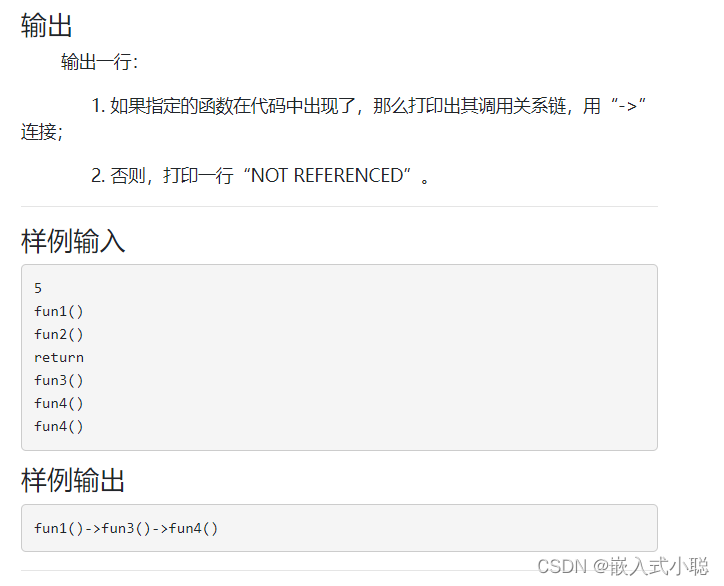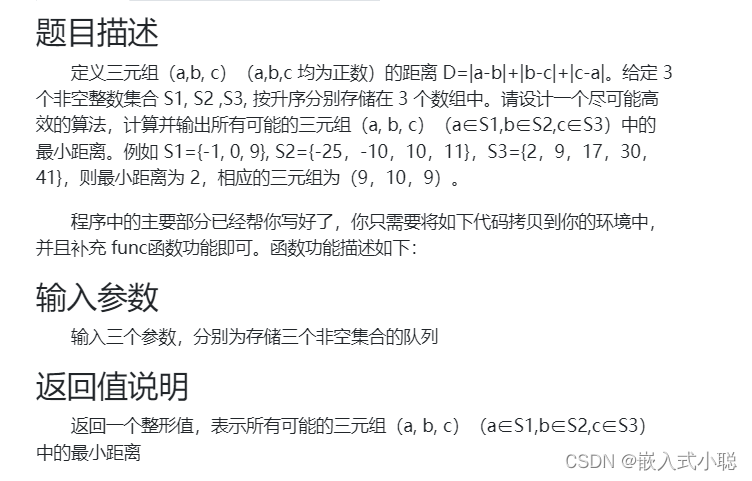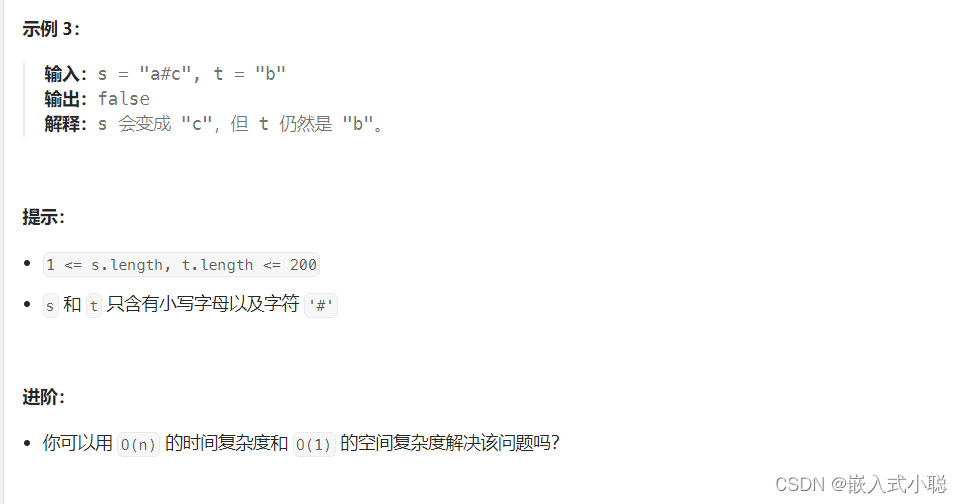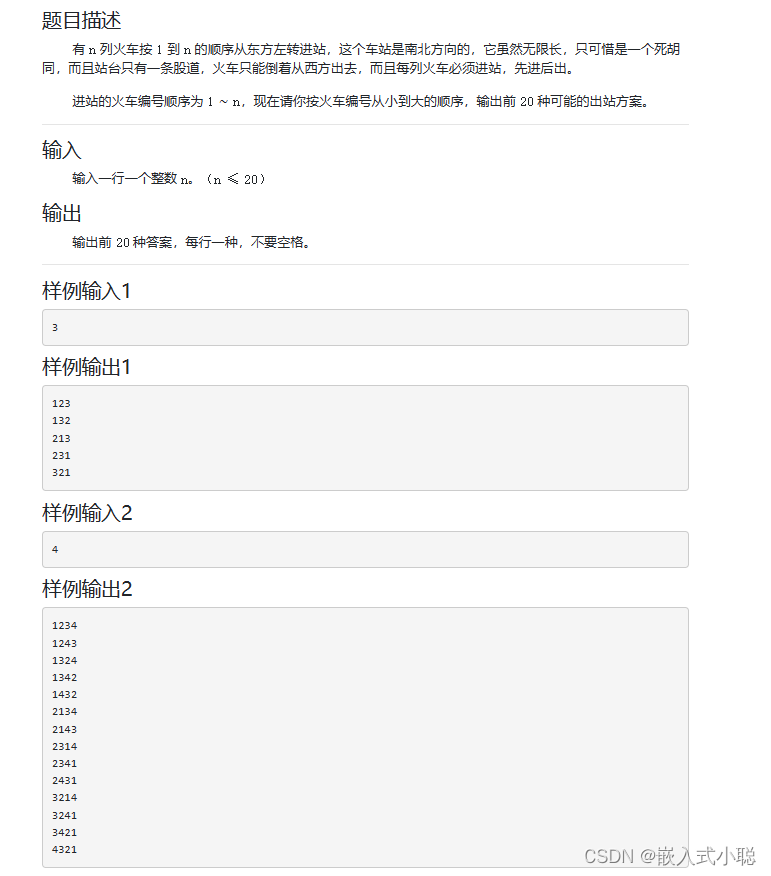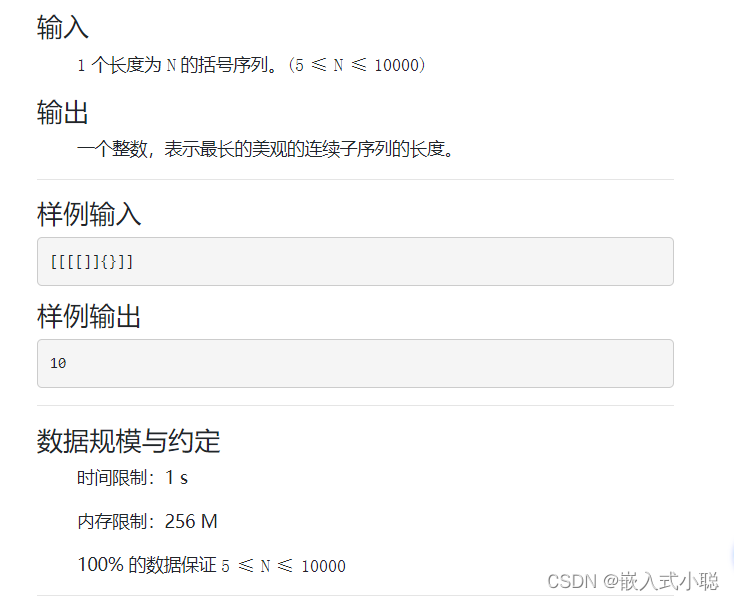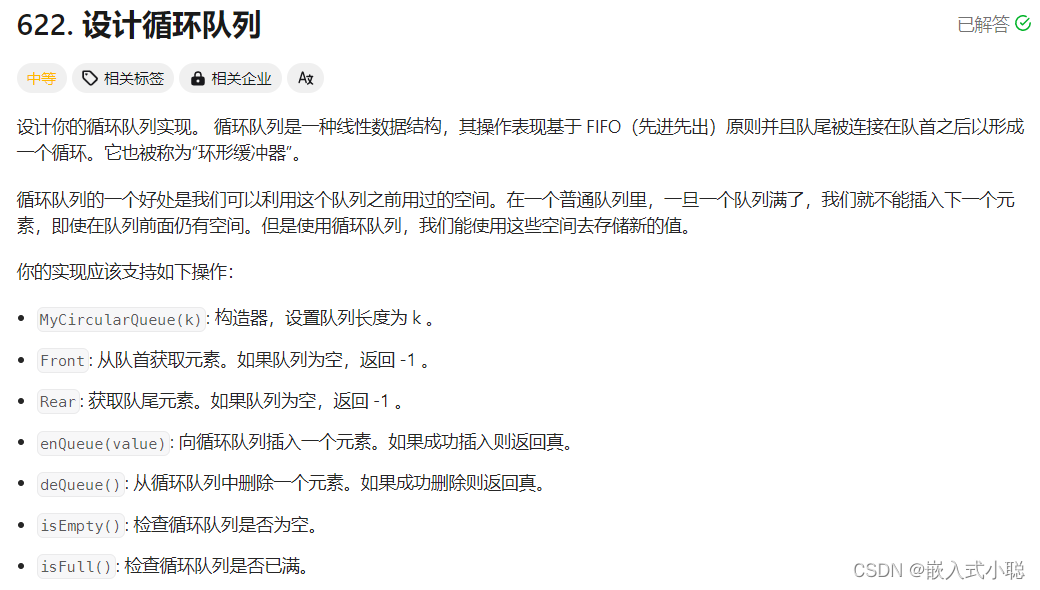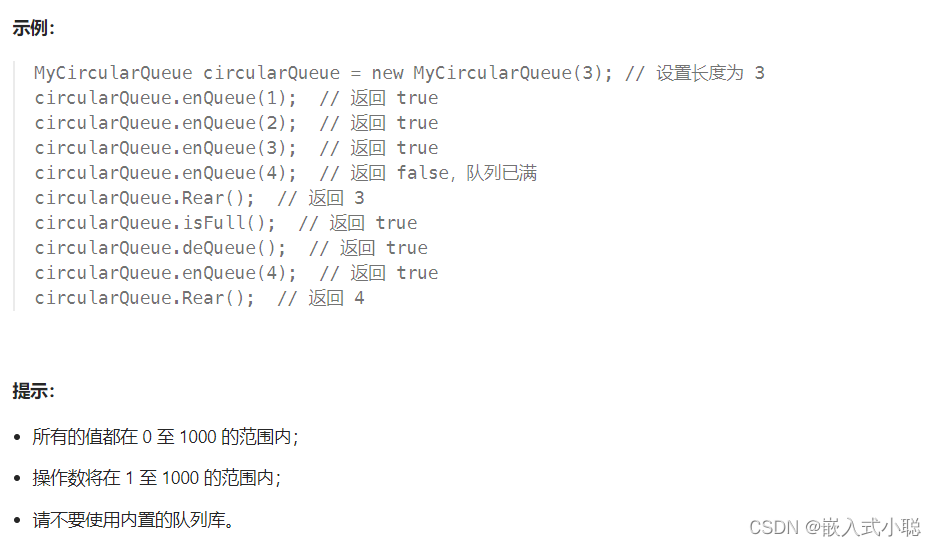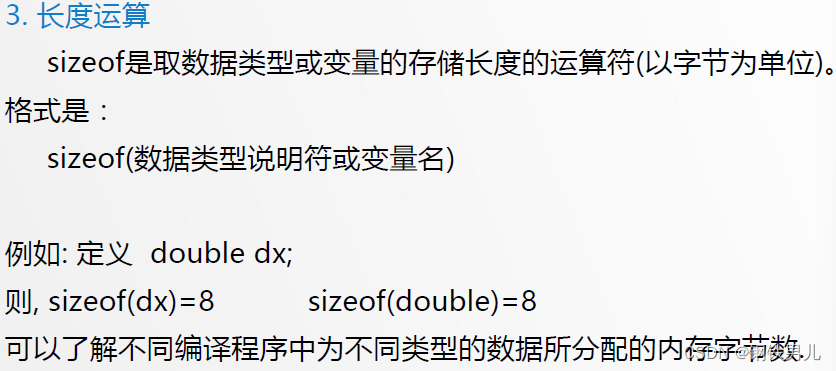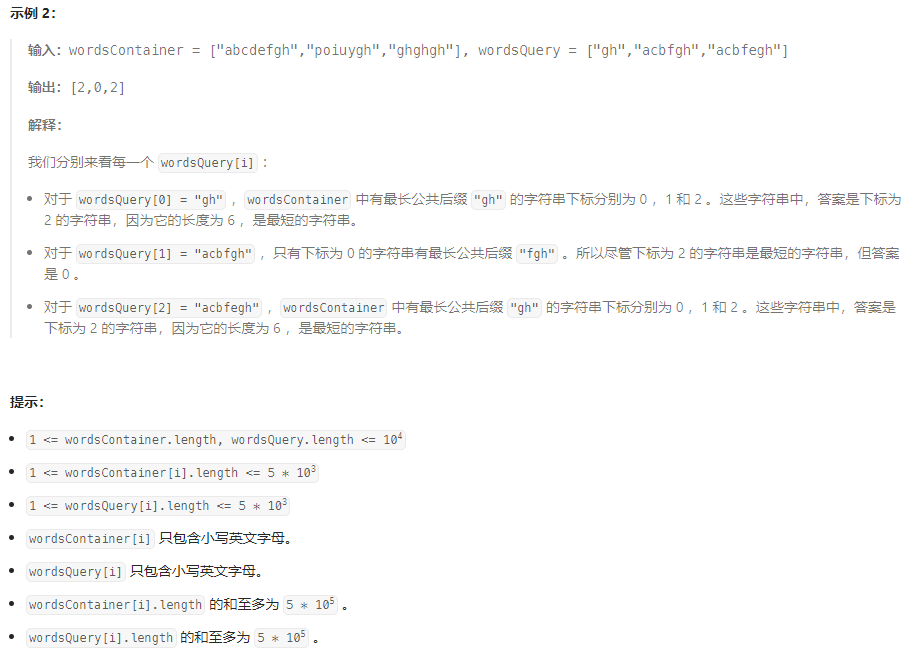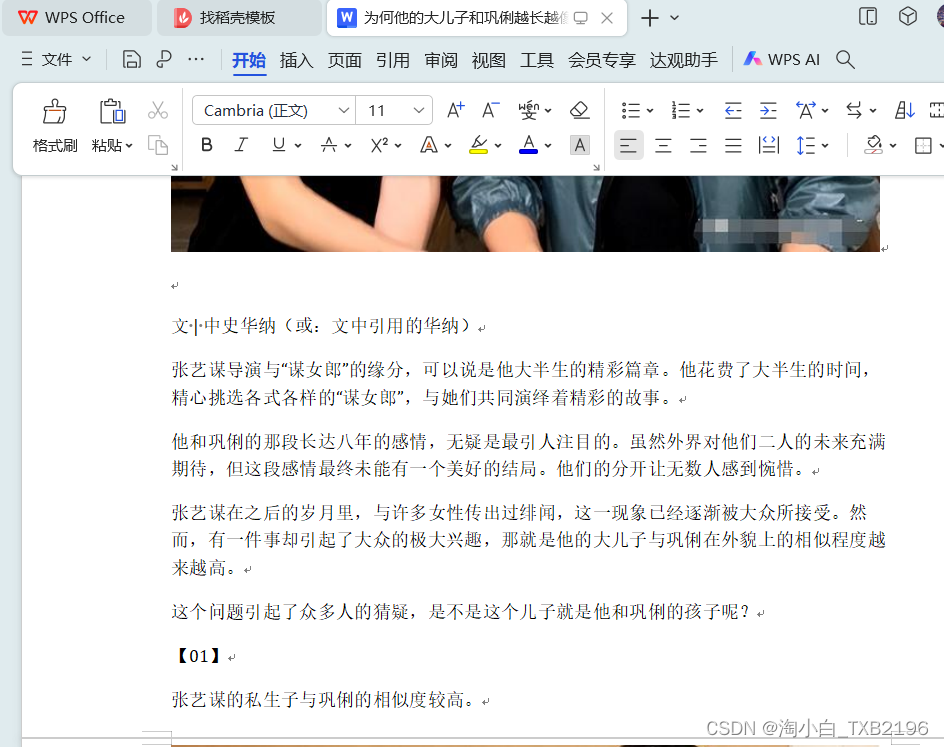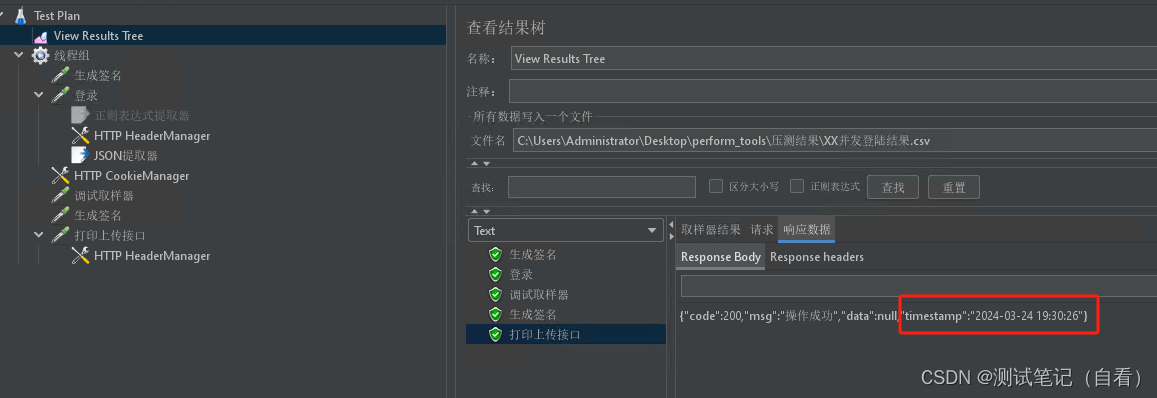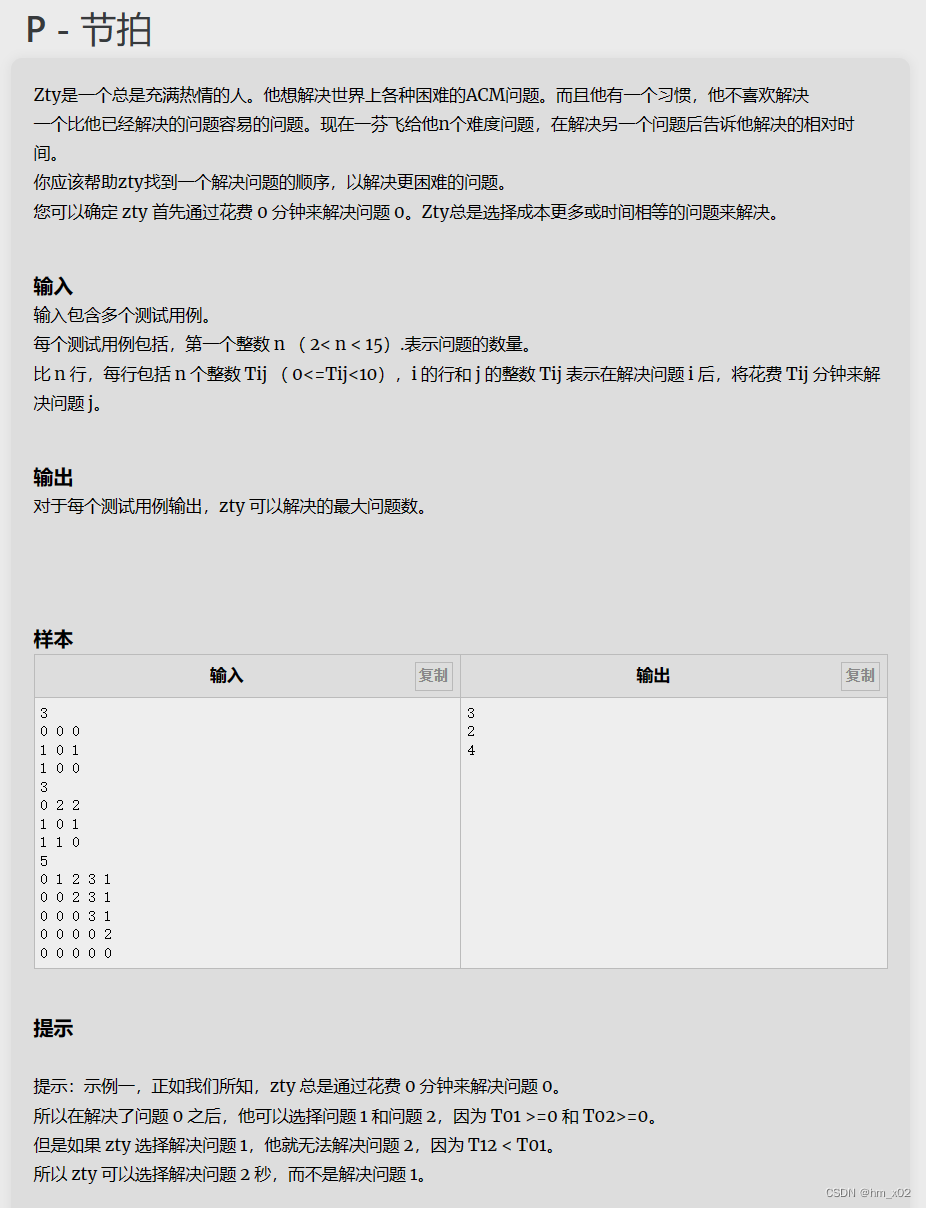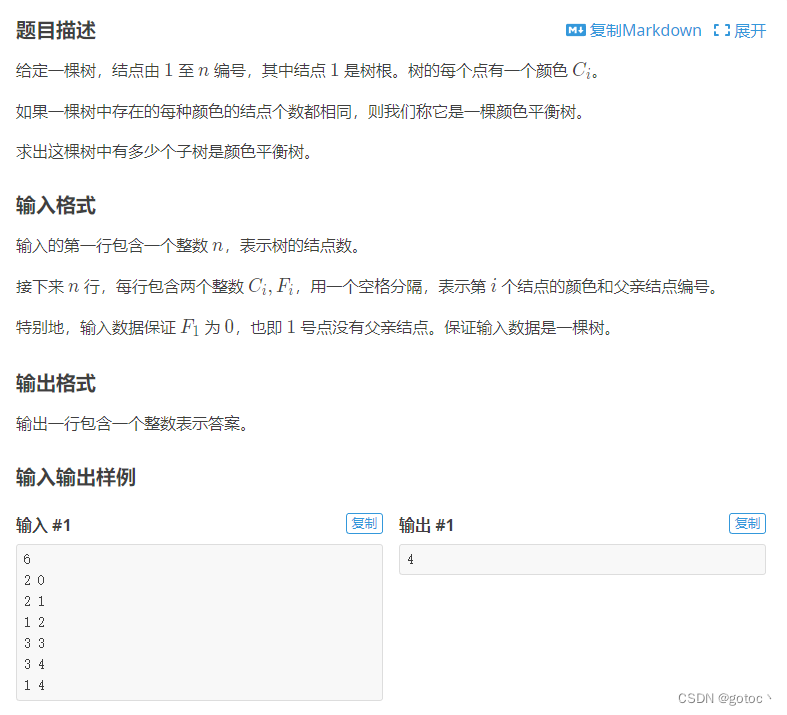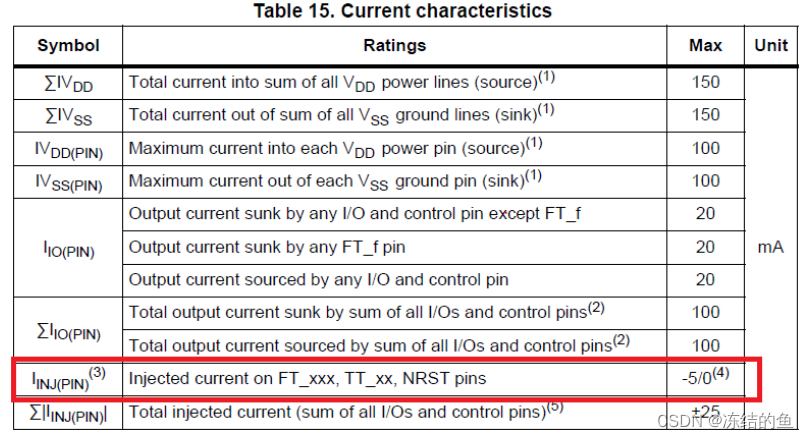1. ✌有效的括号
代码实现:
bool isValid(char* s) { char stack[10000]; int top = -1; while (*s) { if (*s == '(' || *s == '{' || *s == '[') { stack[++top] = *s; } else { if (top == -1) { // 栈空 return false; } int top_val = stack[top]; // 获取栈顶元素 if (top_val == '(' && *s != ')' || top_val == '[' && *s != ']' || top_val == '{' && *s != '}') { return false; } else { top--; } } s++; } if (top != -1) { return false; } return true; }
2. 海贼OJ #595. 程序调用关系
代码实现:
#include <stdio.h> #include <string.h> int main(int argc, char *argv[]) { int n; scanf("%d", &n); char S[n][110]; for (int i = 0; i < n; i++) { scanf("%s", S[i]); } char s[110]; scanf("%s", s); char stack[n][110]; // 模拟栈 int top = -1; int flag = 1; // 标记位 for (int i = 0; i < n; i++) { if (strcmp(S[i], "return") != 0) { strcpy(stack[++top], S[i]); } else if (top != -1) { top--; } if (top != -1 && strcmp(stack[top], s) == 0) { flag = 0; break; } } if (flag) { printf("NOT REFERENCED\n"); } else { for (int i = 0; i <= top; i++) { printf("%s", stack[i]); int j = i + 1; if (j <= top) { printf("->"); } } putchar('\n'); } return 0; }
3. 海贼OJ #838. 2020年数据结构41题
代码实现:
4. 比较含退格的字符串
代码实现:
5. 海贼OJ #263. 火车进栈
代码实现:
#include <stdio.h> #include <stdbool.h> int a[20], vis[21] = {0}; int stack[20]; // 判断是否符合栈先进后出的要求 bool judge_one_result(int n) { int top = -1; int x = 1; for (int i = 0; i < n; i++) { if (top == -1 || stack[top] < a[i]) { while (x <= a[i]) { stack[++top] = x; x++; } } if (top == -1 || stack[top] != a[i]) { return false; } top--; } return true; } int len = 0; void f(int i, int n) { // i:当前枚举的是第i位的值 n:最大可以选取的数字 if (i == n) { // 边界 if (judge_one_result(i)) { if (len >= 20) { exit(0); // 结束所有程序 exit(0):表示程序正常退出,exit(1)或exit(-1)表示程序异常退出 } else { len++; for (int j = 0; j < n; j++) { printf("%d", a[j]); } putchar('\n'); } } return ; } for (int k = 1; k <= n; k++) { if (vis[k]) { // 标记位思想 continue; } a[i] = k; vis[k] = 1; f(i + 1, n); // 回溯 vis[k] = 0; } } int main(int argc, char *argv[]) { int n; scanf("%d", &n); f(0, n); return 0; }
6. 验证栈序列
代码实现:
bool validateStackSequences(int *pushed, int pushedSize, int *popped, int poppedSize) { int *stack = (int*)malloc(sizeof(int) * pushedSize); int top = -1; for (int i = 0, j = 0; i < pushedSize; i++) { stack[++top] = pushed[i]; while (top > -1 && stack[top] == popped[j]) { top--; j++; } } free(stack); return top == -1; }
7. 海贼OJ #265. 括号画家
代码实现:
记录匹配的下标
#include <stdio.h> int main(int argc, char *argv[]) { char str1[10000]; gets(str1); char *str = str1 - 1; // 让数组下标从1开始 int match[10001] = {0}; int stack[10000]; // 定义一个栈,存储数组下标 int top = -1; // 栈顶指针 for (int i = 1; str[i]; i++) { switch (str[i]) { case '(': case '[': case '{': stack[++top] = i; break; case ')': { if (top != -1 && str[stack[top]] == '(') { match[stack[top]] = i; match[i] = stack[top]; //delete 可以没有 top--; } else { stack[++top] = i; } } break; case ']': { if (top != -1 && str[stack[top]] == '[') { match[stack[top]] = i; match[i] = stack[top]; //delete 可以没有 top--; } else { stack[++top] = i; } } break; case '}': { if (top != -1 && str[stack[top]] == '{') { match[stack[top]] = i; match[i] = stack[top]; // delete 可以没有 top--; } else { stack[++top] = i; } } break; } } int temp_ans = 0, ans = 0, i = 1; while (str[i]) { if (match[i]) { temp_ans += (match[i] - i + 1); i = match[i] + 1; } else { i += 1; temp_ans = 0; } if (temp_ans > ans) { ans = temp_ans; } } printf("%d\n", ans); return 0; }
8. 设计循环队列
代码实现:
